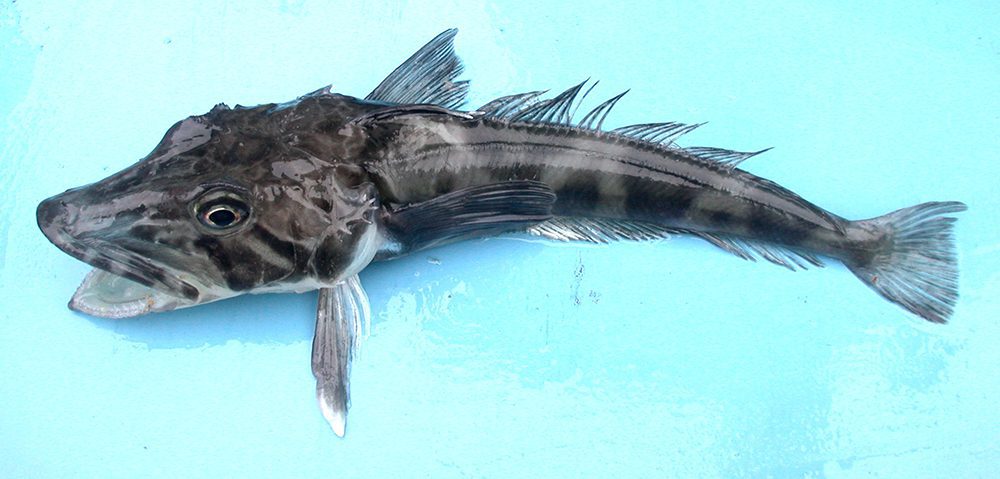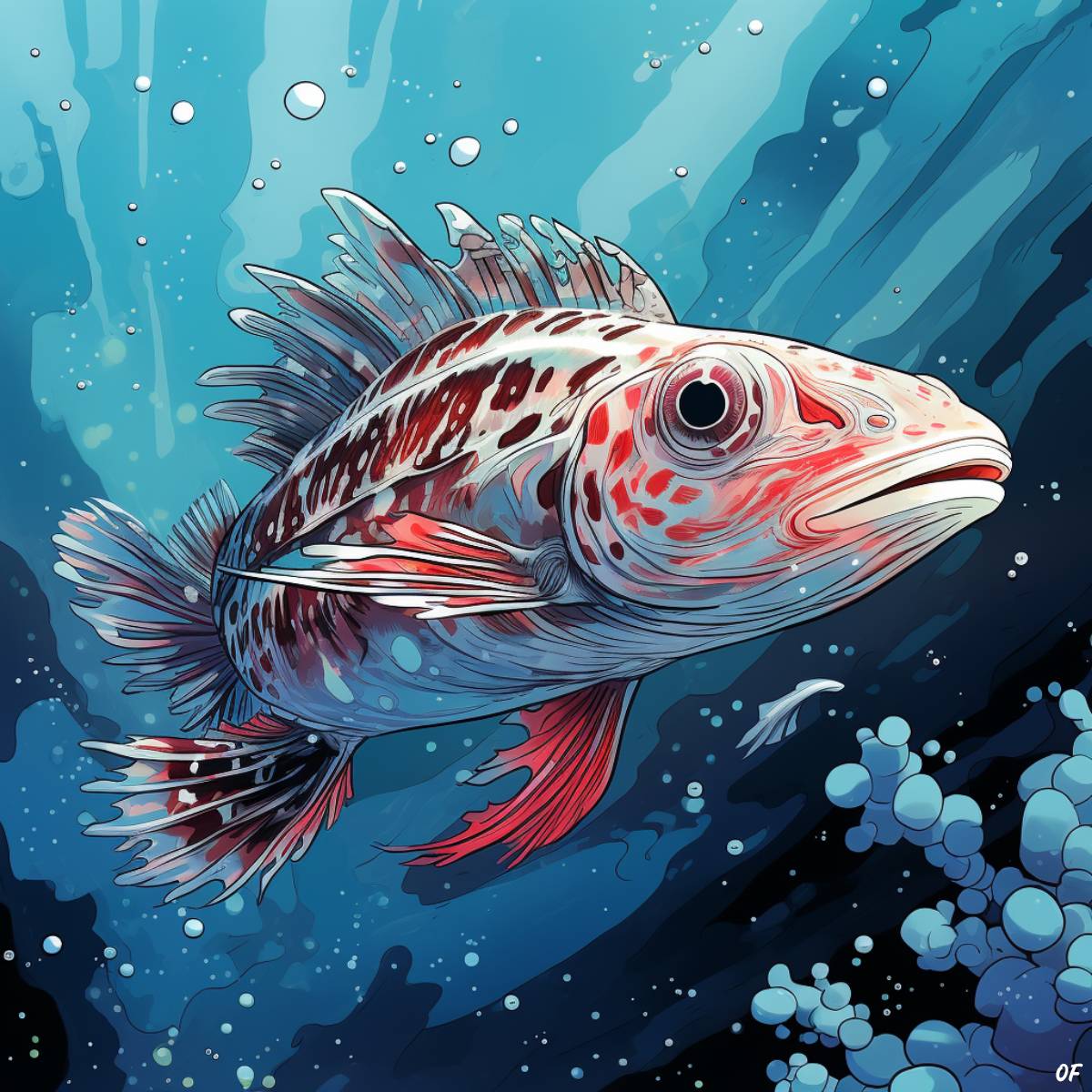Within the complex tapestry of Earth’s myriad life forms, a select few species stand out with a stark uniqueness that prompts us to question our understanding of biology. This category of peculiarity is where the Chionodraco rastrospinosus, more colloquially known as the ocellated icefish, firmly plants itself. Once you’ve cast your eyes on this scaleless marvel, you’ve crossed a milestone in the realm of biological diversity—it’s the ocean’s equivalent of seeing an eclipse in a lifetime of sunrises and sunsets.
Now, imagine the allure of encountering this creature as you embark on a voyage beneath the ocean’s surface on your next family vacation. The encounter will doubtless serve as an unforgettable testament to nature’s endless diversity and fascinating adaptability. The ocellated icefish, with its almost ghostly appearance, is the only known fish species on Earth with completely transparent blood. A sight to behold, surely, but also a window into how life can adapt in the most unusual ways.
The icefish makes its home in the deep, dark, icy waters off the coasts of Antarctica, far removed from the world most of us inhabit. Here, in a realm where sunlight is a rarity, and the cold is a relentless fact of existence, this rare icefish shares its habitat with an array of equally unusual marine life forms. From giant squid that could be the stuff of legend, to the almost ethereal translucent sea anemones, to many other mysterious creatures of the deep—this undersea world is a veritable Wonderland teeming with oddities that would be right at home in a science fiction novel.

Astonishingly, the ocellated icefish has completely defied what we understand as a critical component of survival for most vertebrate life—it lacks hemoglobin in its blood. Hemoglobin is the iron-containing protein that gives blood its characteristic deep red color and serves the crucial role of transporting oxygen from the lungs to the body’s tissues. Its absence in the ocellated icefish results in its blood being transparent, a trait as fascinating as it is mysterious.
But this peculiar blood composition isn’t the icefish’s only deviation from the norm. Without hemoglobin, the fish also boasts of a white liver, muscles that are whiter than snow, and even its gills, which are typically richly suffused with blood in other fish, are a ghostly shade of white.
The wonders of this unusual creature can be witnessed firsthand at the Tokyo Sea Life Park— the only place on the planet where this scaleless marvel has been successfully held in captivity. Here, in the confines of this marine haven, dedicated researchers are fervently engaged in the pursuit of understanding how the ocellated icefish manages to survive without hemoglobin to transport oxygen, a function deemed essential for most complex lifeforms.
An emerging theory postulates that the icefish uses its blood plasma to carry out this critical role of oxygen transport. And in a further twist, owing to the absence of scales that could potentially obstruct oxygen absorption, it’s hypothesized that the ocellated icefish might directly absorb a certain amount of oxygen through its skin, further compensating for its lack of hemoglobin. This conjecture, if proven, may entirely reframe our understanding of how life can adapt to the harshest of environments.

Scientists continue to probe the captivating enigma of the ocellated icefish, proposing intriguing theories about how this unique creature has managed to survive and thrive in the inhospitable depths of the Antarctic Ocean. One leading hypothesis suggests that the icefish’s continued existence is primarily due to the high levels of oxygen saturation in the icy waters of the Antarctic. This oxygen-rich environment, coupled with the icefish’s presumed ability to absorb oxygen directly through both its skin and gills, could potentially compensate for its lack of hemoglobin-based oxygen transport.
However, as captivating as these theories are, they remain speculative until rigorous scientific experiments can validate them. Unraveling the mystery of the ocellated icefish is a complex and challenging endeavor, necessitating a delicate balance of patience and persistence. Every research expedition that delves into the icy Antarctic depths in search of this extraordinary creature, every experiment conducted in the controlled environments of marine laboratories, and every hour spent observing the icefish’s behavior, all add to the body of knowledge that gradually chips away at the iceberg of uncertainty.
While the precise adaptations and survival mechanisms of the ocellated icefish remain obscured beneath a shroud of mystery, the dedicated researchers remain undeterred. Driven by scientific curiosity and the tantalizing promise of uncharted biological phenomena, they continue their relentless pursuit of understanding. But for now, the icefish, with its transparent blood and scaleless skin, holds onto its secrets, maintaining its status as one of nature’s most beguiling puzzles just a little while longer.


